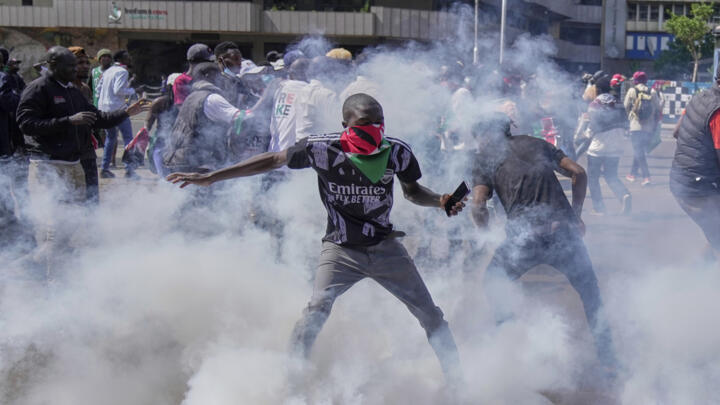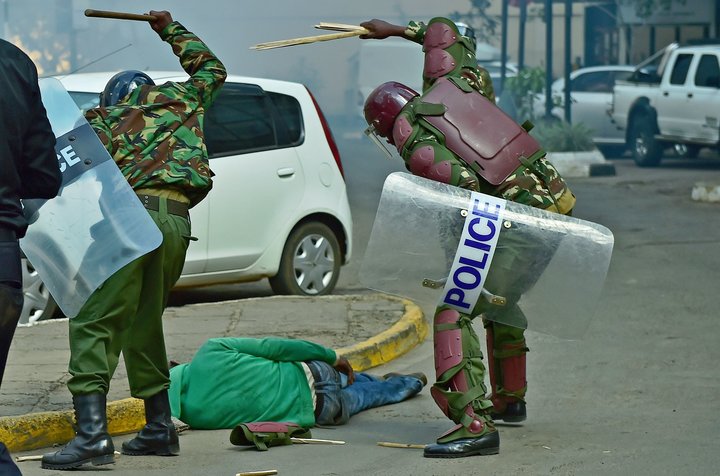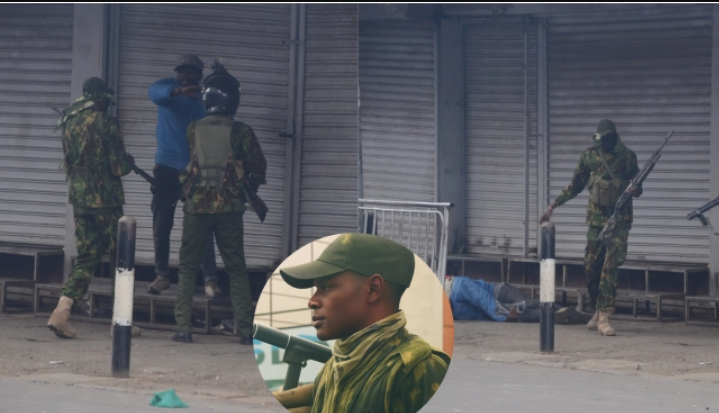One Protestor Reportedly Injured After Teargas Exploded On His Hand
During Wednesday, June 25, protests in Nairobi CBD, a demonstrator was severely injured when a tear gas canister reportedly exploded in his hands. Footage seen by Kenyans.co.ke shows the young man being rushed to a waiting motorcycle, his left hand bleeding profusely, as another individual applied a cloth to help control the bleeding.
The protester had reportedly picked up the tear gas canister and was attempting to throw it back at police officers, a common practice during demonstrations.
This incident follows recent warnings from Dr. Austin Omondi, founder of Medics for Kenya, against this dangerous activity, often called “returning officers.” Dr. Omondi cautioned on social media that handling tear gas canisters could lead to serious injuries, especially to the hands, and even necessitate amputation.
“Do not handle tear gas canisters by trying to throw them back at police. They will only explode in your hands, leading to possible amputation. Be peaceful and unarmed even as you exercise your constitutional rights,” he stated.
Last year, during the June protests, a similar incident occurred when a tear gas canister exploded in a police officer’s hands during deployment, leading to the loss of both his hands. This happened because the officer detonated the canister but delayed its release.
Read also; Police Spokesperson Warns Officers Against Reckless Firearm Use In Protests
It’s important to note that tear gas, despite its name, is not a gas. It’s a fine aerosol of solid particles usually dispersed by a pyrotechnic explosion within a canister or grenade. While these agents primarily irritate the eyes, skin, and respiratory system, causing temporary incapacitation, improper handling can lead to severe injuries. The explosive charge designed to disperse the irritants can, in rare cases, malfunction and detonate with greater force, causing burns or other injuries. A direct explosion in someone’s hand can result in severe burns, lacerations, shrapnel wounds, and chemical burns from prolonged contact.
-Source-Kenyans









